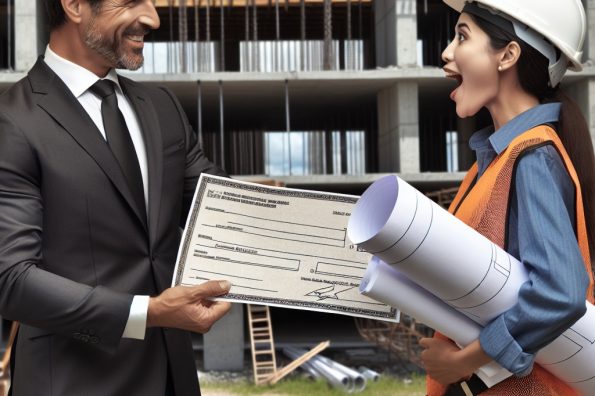To be fair, if you find yourself defending your design, you are with the wrong client. It should never be on the chopping block, once a project starts. If it is, then the budget is being mismanaged by either the client or the contractor. Or, the client fashions themselves as a bit of a designer. The overall flavor, vibe, atmosphere, whatever you want to call it, should be established and frozen by you. Clients who constantly threaten your complete design aren’t worth the agony. Find clients that trust your vision and are willing to pay for it. We went through a phase where we were unusually accommodating with our clients and what they wanted. But at the end of the project, when the awards were being handed out, we had some near misses largely because the client got involved with design. 99 out of a 100 times, any architect’s instinct is going to be better than the client’s.
To be honest, Ervin Architecture has literally had projects where the entire atmosphere is a success, but the client insists on a particular piece of furniture that is familiar to them and it kills the prospects of being published in a next level magazine or win a design award. Make that clear to them. And if they don’t respect that, then take a mental note not to work with that client again. You can’t spend two years of your life designing and building a project only to have a furniture selection (or equivalent) destroy your vision overnight, and remove you from using the project for future business. Take our word for it and avoid learning these lessons the hard way.
These scenarios usually crop up when you aren’t fully representing your ideas to the client. That can lead to discussion, collaboration, and steering the design in the wrong direction. So always whip up a rendering showing the two design options (in this example, one bar stool with the shiny mustard velvet upholstery and the other with the muted brown leather) then you can assert the value of your opinion clearly, in the context of the total project. In tandem with those renderings, give them physical samples of the two options. That should dissuade the client from deviating from your vision. Your instincts will be 99% of the time better, but you need to guide them through the login of your reasoning. At the end of the day, that is your job.
Also, remember that the client, and the contractor, do not see every single aspect of the project in 4 dimensions. Architects are supposed to see that. At least, the good ones do anyway. For a while, I had a 40 million dollar music venue on a very challenging site in my head. I was the only one that saw everything. And it is still that way. Do not let the client, or even worse, the contractor, start messing with your design. A thorough construction docs set helps defend and protect your design, and helps to prevent field discussions by contractors and clients that don’t see the project like you do. That introduces risk, and the unanticipated casualty of a poorly informed decision on the fly is often your design, and could be even worse.
This is part of our Stewardship Series where we give insight into our industry for aspiring professionals and business owners alike.




